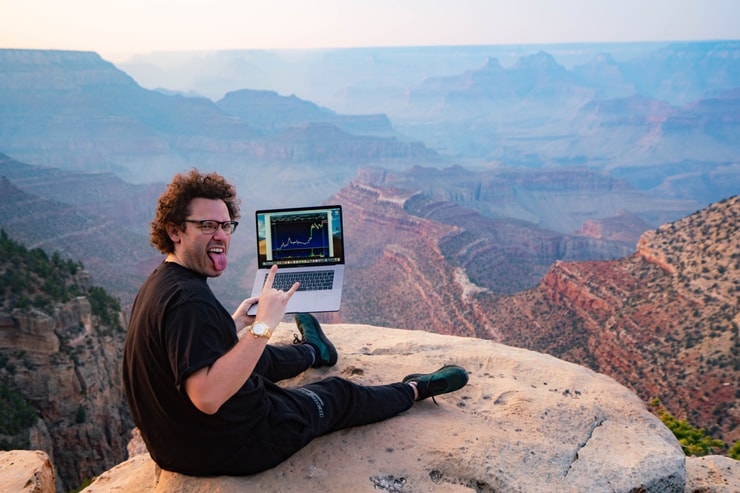It’s the same thing every week.
Start paying attention, and this will start to click.
Last week we watched huge stock spikes like:
- Aclarian Inc. (NASDAQ: ACON) 140%
- NewGenIvf Group Limited (NASDAQ: NIVF) 280%
- BranchOut Food Inc. (NASDAQ: BOF) 140%
Take a look at the NIVF chart below, every candle represents five minutes:

All of these runners have something in common.
This process doesn’t change. We look for the same kind of runners over and over again. And the most volatile stocks tend to follow a specific framework.
But before we can trade these runners, we have to find them.
All of the best spikers share this factor …
The #1 Spike Setups

Every day there are thousands of stocks moving. There could be a few hundred that look like they match our trading framework. But we only want the best plays.
Anything can happen at any time in the market.
Those who focus on the best setups are likely to save their account from undue risk.
Protect your overall account: Focus on the best setups.
We’re looking for stocks that are most likely to spike higher. And there are a lot of factors that contribute to a stock’s “spikeability”. Things like:
- History of spiking.
- Sector.
- Catalyst.
- Intraday price action.
But above all things, the #1 factor we should pay attention to right now is the stock’s float.
The float also considered the stock’s supply of shares.
A low float means there’s a low supply. And a low supply helps prices spike higher when demand increases. It’s a simple law of supply and demand.
For the purpose of stock trading, anything below 10 million shares is considered a low supply.
And when we look at some of the most recent spikers …
- Aclarian Inc. (NASDAQ: ACON) has a float of 428k shares.
- NewGenIvf Group Limited (NASDAQ: NIVF) has a float of 10 million shares.
- BranchOut Food Inc. (NASDAQ: BOF) has a float of 2.8 million shares.
A good rule of thumb for this week: Stay away from stocks with a float that vastly exceeds 10 million shares.
(This is an inexact science, so sometimes we’ll see a good spiker with something like a 15 million share float. Keep that in mind.)
The Rest Of The Plan …
We still have to trade the stock once we find it.
I shared the 7-Step Framework earlier in this post.
Volatile stocks can follow this framework because people are predictable during times of high stress. And that predictability manifests itself in the stock market.
You don’t have to worry about these patterns disappearing. I discovered the framework over two decades ago. And it’s still in use today.
It will continue to manifest as long as people continue to trade.
We’re watching for new spikers on Monday morning with a low float … But there’s another stock that’s already a few steps into this 7-Step Framework.
It’s Jack Kellogg’s #1 watch right now.
Jack is one of my most successful millionaire students. In a fraction of my trading career, he’s passed my market profits for a stunning $12.6 million thus far.
Here’s Jack’s writeup for the #1 framework runner right now.
Follow the rules!
These stocks are volatile. It’s possible for newbies to lose money on these plays if they get on the wrong side of the stock.
Get ready for more spikes this week!
Cheers.
*Stock trading is inherently risky.



Leave a reply